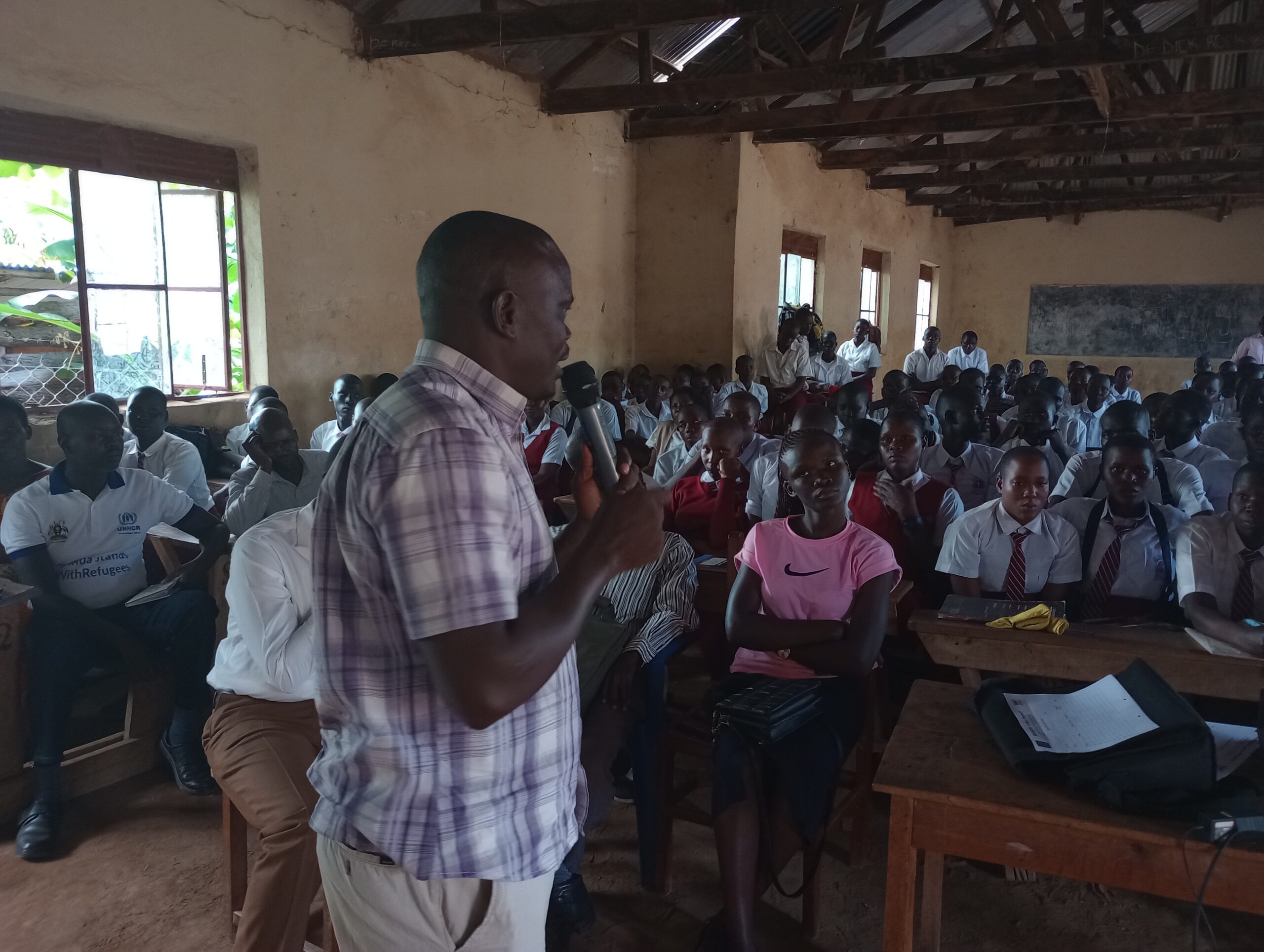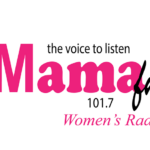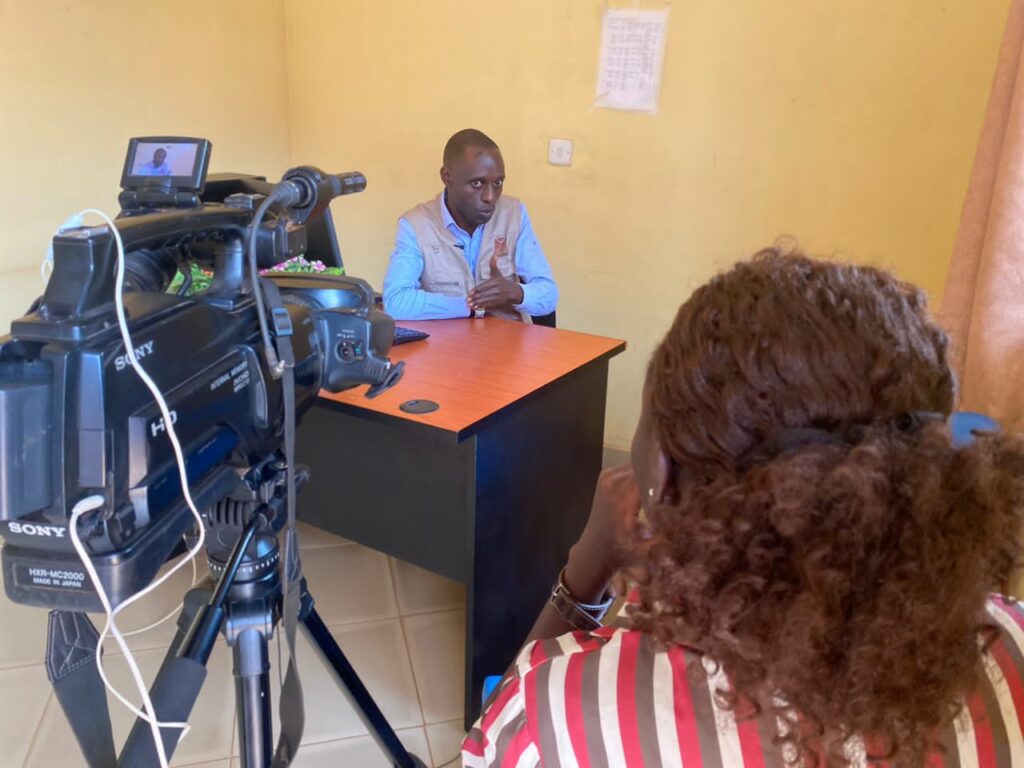
 Mama FM
Mama FM

 Mama FM
Mama FM
4 October 2024, 12:07 pm
By Cinderella Ayebare
Kiryandongo, Uganda

Naboth’s team provides counseling sessions, medical support, and education assistance to help these children heal. “Healing takes time, depending on the individual,” he notes. Access to basic needs like food, education, and healthcare minimizes trauma
The healing process varies by age. Older children (15-17) have witnessed more trauma and often arrive with high expectations, only to become shocked and depressed when they realize the settlement process is gradual
How cultural activities are healing trauma
In Kiryandongo settlement, cultural festivals are playing a significant role in healing and uniting refugee communities.
For Akisi, Oslam, and Taban, cultural festivals help them overcome painful experiences. “I love the cultural festivals,” Akisi says” adding that “as I was growing, I didn’t know anything about my culture because they died when I was young, so I only rely on the festivals” Akisi
Peer-to-peer is strength, healing and unity.
Refugee child headed families find strength in unity. They share homes, resources, and emotional support. This solidarity fosters a sense of belonging.

“I was living alone but one day wind blew off the roof of some children’s house who didn’t have parents, I welcomed them and we now live together like brothers” Akisi asserts saying they are much older than him and they work together to needs their basic needs.
For Taban, school times is better than holidays because his friends invite him to their homes for food. Oslam’s best moments are during football games with fellow children.
Not only Uganda’s refugee police are good, but there is a general warm welcome in the host communities seeing refugee children attend same school with host communities’ children, showcasing Uganda’s generosity.
How Uganda’s Peace Heals
Uganda’s peaceful reputation, freedom of movement and harmonious community relationships has become a sanctuary and trauma healing for these young refugees.
Oslam, Taban, and Akisi, previously refuged by conflict in South Sudan, now thrive in their new community. “What I love most here is the peace,” says Taban. “I can move freely, anytime. Not like South Sudan, where you hear bullets all the time.”
They fondly talked about the warmth of local communities. “We work in people’s gardens, and they pay us happily. The communities are so welcoming and sometimes share their food with us and this help is overcome painful experiences,” says Taban.
At school, they’ve formed strong bonds with local children “We study together, play together, and work together. its peaceful.” Akisi
Uganda hosts over 1.6 million refugees and asylum seekers from South Sudan, Democratic Republic of Congo, Somalia, Rwanda, Burundi, and Eritrea.
36,000 child-headed families live in refugee settlements across Uganda according to United Nations High Commission for Refugees (UNHCR). Uganda | Global Focus (unhcr.org)
At Kiryandongo settlement alone, there are about 10 registered child headed families.
About the Author
Cinderella Ayebare is a youth multimedia reporter focused on highlighting children issues, enviroment and tourism industry. She is based in Kampala, Uganda. Email; ayebarecindy22@gmail.com
This story was produced with the support of Media Monitoring Africa as part of the Isu Elihle Awards.